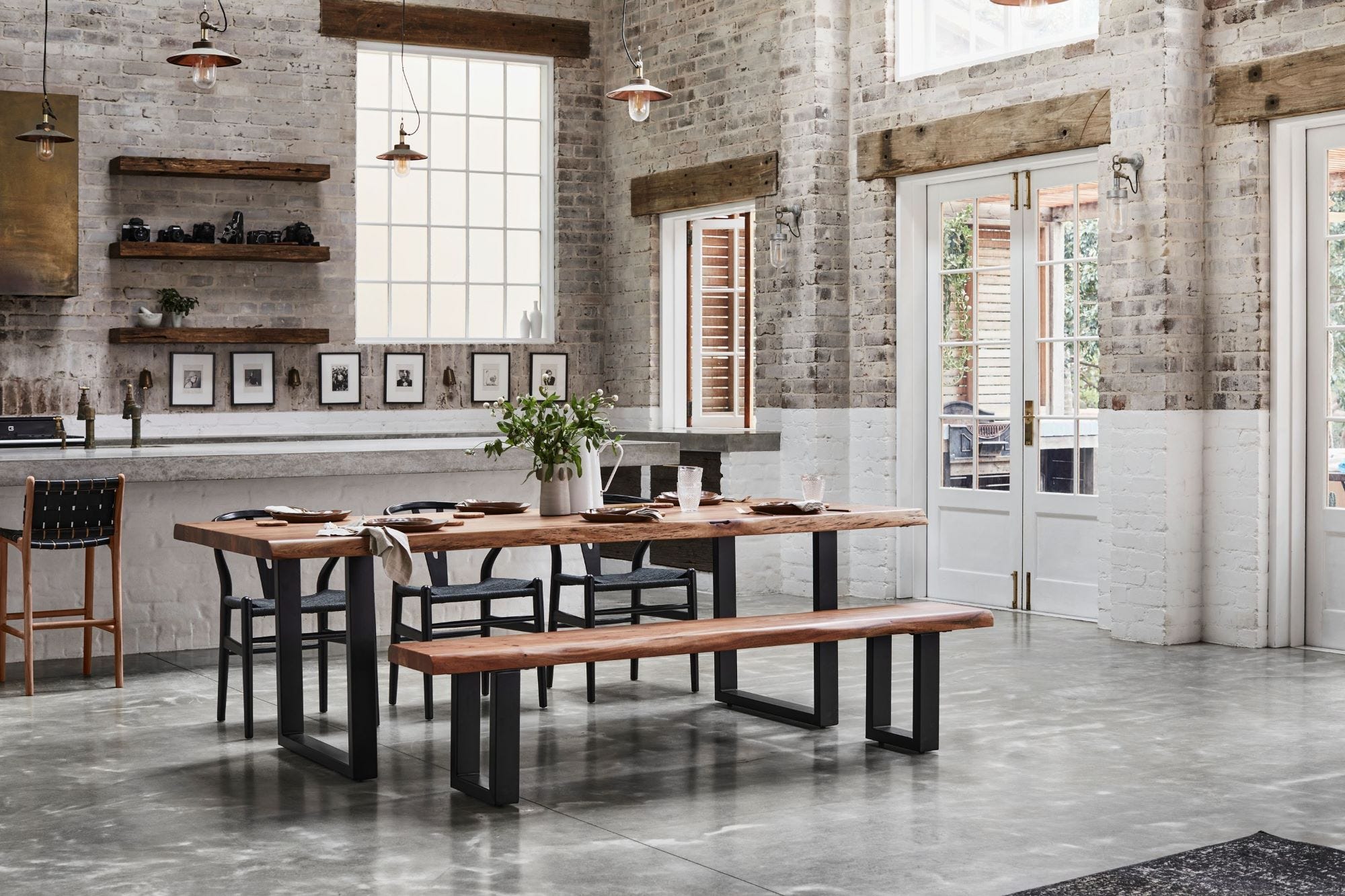When it comes to maximizing the effectiveness of your vehicle's sunshade, a seemingly simple question arises: should the silver side of the sunshade be facing in or out? This inquiry may appear trivial at first glance, but it opens up a discussion about thermodynamics, material science, and practical application that can significantly impact your driving experience. In this article, we will explore the science behind sunshades, the benefits of each orientation, and the best practices for using them effectively.
Understanding Sunshade Materials
Sunshades are typically made from reflective materials designed to block sunlight and reduce heat buildup inside a vehicle. The silver side of the sunshade is coated with a reflective material, often aluminum, which is engineered to reflect solar radiation. The other side is usually a darker color, which absorbs heat. Understanding the properties of these materials is crucial to determining the optimal orientation of your sunshade.
The Science of Heat Transfer
To comprehend the implications of the sunshade's orientation, we must delve into the principles of heat transfer: conduction, convection, and radiation.
- Conduction occurs when heat is transferred through direct contact. In the context of a vehicle, heat from the sun warms the dashboard and seats, which can then transfer heat to the air inside the car.
- Convection refers to the transfer of heat through fluid (in this case, air). As the air inside the car heats up, it becomes less dense and rises, creating a cycle that can lead to a significant increase in temperature.
- Radiation is the transfer of heat through electromagnetic waves. The sun emits radiation that can penetrate the vehicle's glass and heat the interior.
Should the Silver Side Face In or Out?
Silver Side Facing Out
When the silver side of the sunshade is facing outward, it reflects the sun's rays away from the vehicle. This orientation is particularly effective in preventing solar radiation from entering the car, thereby reducing the amount of heat absorbed by the vehicle's interior.
Benefits:
- Maximized Reflection: The reflective surface efficiently bounces sunlight away, minimizing heat buildup.
- Reduced Interior Temperature: By blocking solar radiation, the interior temperature can remain significantly lower, making it more comfortable upon entry.
- Protection of Interior Materials: Prolonged exposure to sunlight can fade and damage upholstery and dashboard materials. A properly oriented sunshade can help mitigate this effect.
Silver Side Facing In
Conversely, if the silver side is facing inward, the sunshade acts more like an insulator than a reflector. While it may still block some sunlight, it primarily reflects heat back into the vehicle.
Benefits:
- Heat Retention in Cooler Weather: In cooler climates, having the reflective side facing inward can help retain heat, making the vehicle warmer during cold days.
- Less Wind Resistance: In some cases, having the silver side facing inward may reduce wind resistance when driving with the sunshade partially deployed.
Practical Considerations
While the scientific principles suggest that the silver side should face outward for optimal heat reduction, practical considerations also play a role. For instance, if you live in a region with extreme temperature fluctuations, you may need to adjust the orientation of your sunshade based on the season.
Additionally, consider the type of sunshade you are using. Some sunshades are designed with dual-sided functionality, allowing for easy flipping based on your immediate needs.
Conclusion
In conclusion, the question of whether the silver side of the sunshade should face in or out is not merely a matter of preference; it is rooted in the principles of thermodynamics and material science. For most situations, having the silver side facing outward is the most effective way to reduce heat buildup and protect your vehicle's interior. However, understanding the context and specific needs of your environment can lead to more informed decisions regarding sunshade usage.

